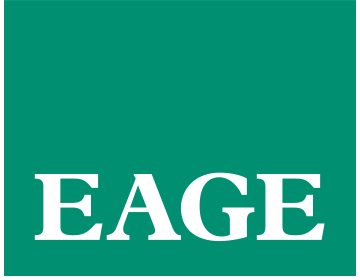A special issue of Geophysical Prospecting (GP) on advances and applications of ocean bottom geophysical prospecting technologies is set for 2023. The aim is to provide a platform for researchers to share their latest results in ocean bottom geophysical exploration or their new vision of tectonics in the light of ocean bottom geophysical data. Original and commentary articles are welcome.
Ocean bottom geophysical prospecting is the primary direction in which marine energy resource exploration and deep Earth science research is heading in the future.
In recent times, a vast quantity of ocean bottom geophysical data has been collected by petroleum companies and scientific research departments. Ongoing analysis has prompted geophysicists to develop new processing, interpretation and inversion methods for ocean bottom geophysical data. This in turn promotes the application of further ocean bottom geophysical exploration technology.
Though many advances have been made, there is still a long way to go to meet the industrial expectation for such a technique. This is mainly manifested in the challenges of effectively suppressing noise caused by the data gathering process; the lack of a valid imaging method for the data; the absence of substantive breakthrough in joint inversion of multiple geophysical data; and the shortcomings in the application of converted wave imaging and reduction of inversion ambiguity using various geophysical information.
Potential topics for this Special Issue include but are not limited to:
- Theory of ocean bottom geophysical exploration and forward and inversion methods
- Equipment, engineering practice, and new interpretation method for ocean electromagnetic data
- New theory and engineering practice in the acquisition, processing, interpretation, and inversion of seafloor multi-wave seismic data
- Joint inversion theory using multiple ocean bottom geophysical data
- Joint inversion of sea-surface and ocean bottom geophysical exploration
- Joint inversion of ocean bottom geophysical data, remote sensing, and satellite gravity data
- Science-based research and solutions involving deep solid geophysics using ocean bottom geophysical data
- Exploration and detection of gas hydrate with ocean bottom geophysical methods
- Detection of oil and gas migration during the production period
- Reserve, migration and transform of geofluids in the subduction zone based on ocean bottom seismic and electromagnetics
Manuscripts should be prepared according to the author guidelines and submitted using the online submission webpage.
It is very important to clearly indicate in a cover letter that the manuscript is submitted to this Special Issue and notify the lead guest editor Prof Tongcheng Han (hantc@upc.edu.cn) via email with the subject line ‘GP Special Issue submission’ to avoid delays in processing the manuscript.
Deadline for manuscript submission is 31 December 2022 with review results by 28 February 2023 and revisions by 31 March 2023. Final decisions are scheduled for 30 April 2023 with publication soon afterwards.
Guest Editors:
- Tongcheng Han, China University of Petroleum – hantc@upc.edu.cn
- Lei Xing, Ocean University of China – xingleiouc@ouc.edu.cn
- Xiangchun Wang, China University of Geosciences, Beijing – wangxc@cugb.edu.cn
- Kai Gao, Los Alamos National Laboratory – kaigao87@gmail.com
- Amir Haroon, Helmholtz Centre for Ocean Research Kiel (GEOMAR) – aharoon@geomar.de






